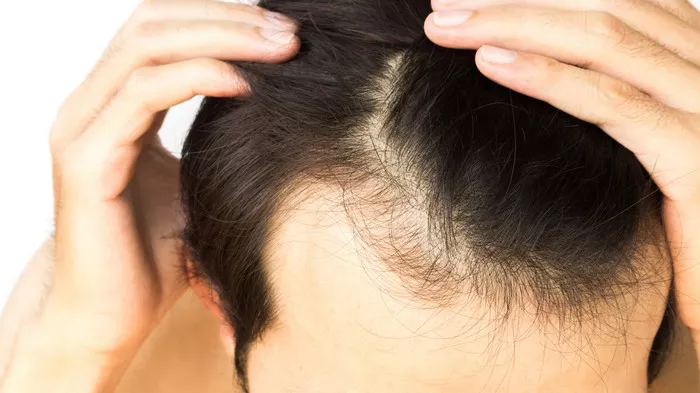Hair transplant procedures have gained popularity as an effective solution for hair loss. While they offer promising results, it’s important to understand that like any medical procedure, hair transplants come with potential side effects. In this article, we’ll delve into the possible side effects of hair transplant surgeries to help you make an informed decision.
What is hair transplant?
A hair transplant is a surgical procedure designed to address hair loss by moving hair follicles from one part of the body, typically the back or sides of the head, to areas with thinning or no hair, such as the scalp. There are two main techniques: Follicular Unit Transplantation (FUT), where a strip of skin is removed to extract follicles, and Follicular Unit Extraction (FUE), which involves individually extracting follicles. These transplanted follicles grow naturally in their new location, gradually restoring hair density and improving appearance. Hair transplants are often used to treat male and female pattern baldness or hair loss due to injury or medical conditions.
See Also: [Revealed!] Can a Completely Bald Man Get a Hair Transplant?
Are there potential side effects of hair transplantation?
Hair transplantation can have potential side effects. Common temporary effects include pain, swelling, itching, and scabbing at the transplant site. Shock loss, where transplanted and adjacent hair falls out temporarily, is possible. Less common side effects include infection, unnatural appearance initially, and bleeding. Long-term considerations include scarring at the donor and recipient sites, as well as temporary numbness. Adhering to post-operative care instructions and choosing a skilled surgeon can minimize risks. It’s important to consult a qualified specialist to assess your individual situation, potential risks, and benefits before undergoing a hair transplant procedure.
Common Side Effects
Common side effects of a hair transplant procedure include:
1. Pain and Discomfort:
Mild pain, discomfort, and soreness are common in the initial days after the procedure. This discomfort can usually be managed with prescribed pain relievers.
2. Swelling:
Swelling of the forehead and around the eyes is normal and typically subsides within a few days.
3. Itching:
Itching at the transplant site is common as the healing process takes place. However, avoid scratching to prevent any damage.
Temporary Side Effects
Temporary side effects of a hair transplant procedure can include:
1. Shock Loss:
In some cases, transplanted hair and existing hair adjacent to the transplant site may temporarily fall out due to the trauma of the procedure. This is usually temporary, and new hair growth will occur within a few months.
2. Scabbing and Crust Formation:
Tiny scabs or crusts can form around the transplanted hair follicles. These will naturally fall off within a week or two.
3. Redness:
The transplanted area might be red for a few weeks, gradually fading as healing progresses.
Less Common Side Effects
Less common side effects of a hair transplant procedure can include:
1. Infection:
Although rare, infection can occur at the transplant site. Following post-operative care instructions can minimize this risk.
2. Unnatural Appearance:
In some cases, the transplanted hair might appear unnatural initially. However, it typically becomes more natural-looking as it grows out.
3. Bleeding:
Minimal bleeding is possible during and after the procedure. Your surgeon will ensure proper wound closure to prevent excessive bleeding.
Long-Term Considerations
Long-term considerations following a hair transplant procedure include:
1. Scarring:
While modern techniques aim to minimize scarring, some scarring can occur at the donor and recipient sites. These scars are usually small and well-hidden.
2. Numbness:
Temporary numbness around the donor and recipient sites can occur, but sensation usually returns within a few months.
Conclusion
Hair transplant procedures can be effective in restoring hair and confidence, but it’s crucial to be aware of potential side effects. Most side effects are temporary and manageable, but it’s important to follow post-operative care instructions diligently to minimize risks. Before proceeding with a hair transplant, consult a qualified and experienced surgeon who can assess your suitability for the procedure and discuss potential risks and benefits based on your individual circumstances.


